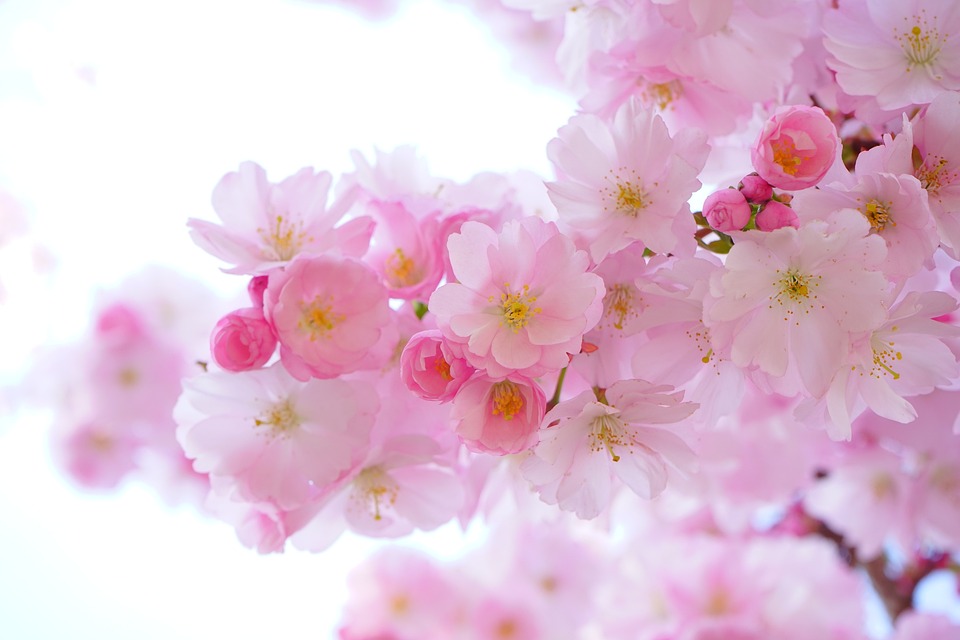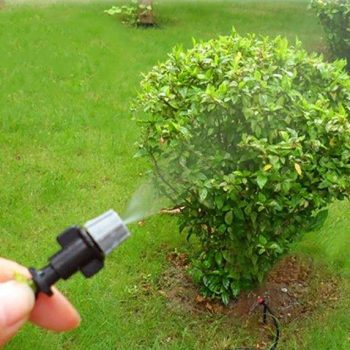
[ad_1]
Guava, also known as Amrood, is a popular tropical fruit with a sweet and tangy flavor. It is widely cultivated in Bangladesh due to its high nutritional value and economic importance. Guava cultivation requires a moderate climate, adequate rainfall, well-drained soil, and sufficient sunlight. In this article, we will discuss the basics of guava cultivation in Bangladesh from planting to harvesting.
Planting
Guava can be propagated by seeds, cuttings, layering, and grafting. The best time to plant guava in Bangladesh is during the monsoon season, which is from June to September. The land should be prepared by plowing, harrowing, and leveling to ensure adequate soil drainage and aeration. The planting distance between guava plants should be 6 to 8 meters depending on the variety.
The seeds should be sown in trays and then transplanted into pots filled with a mixture of soil and compost. The pots should be kept in a shaded area until the seedlings emerge, usually within 10 to 20 days. Once the seedlings have grown to a height of 15 cm, they can be transplanted into the field.
Caring
Guava plants require regular watering, mulching, and fertilization to ensure healthy growth and high yield. The plants should be watered twice a week during the dry season and once a week during the rainy season. Mulching helps to retain soil moisture and suppress weed growth. Guava plants require regular fertilization with nitrogen, phosphorus, and potassium to promote growth and fruiting. The recommended fertilizer ratios are 2:1:1 for young plants and 1:1:1 for mature plants.
Pruning and Training
Guava plants require regular pruning and training to maintain their shape and increase yield. Pruning helps to remove dead, diseased, or damaged branches and promote new growth. Training helps to support the branches and prevent them from breaking under the weight of the fruit. The most common training system for guava plants in Bangladesh is the open-center system, where the main trunk is cut to a height of 60-90 cm, and the lateral branches are trained to form an open-center canopy.
Harvesting
Guava fruits usually mature within 4-6 months after flowering. The fruit should be harvested when it is firm but ripe, as overripe fruit tends to spoil quickly. The timing of harvesting depends on the variety of guava. The most common variety in Bangladesh is the Allahabad Safeda, which usually ripens from November to December. The fruit should be picked by hand and carefully transported to avoid damage.
In conclusion, guava cultivation in Bangladesh can be a profitable venture for farmers due to the high demand for the fruit in local and international markets. With proper planting, caring, pruning, and harvesting, guava plants can yield high-quality fruit and bring economic benefits to farmers.
[ad_2]






















